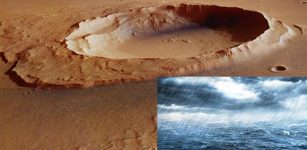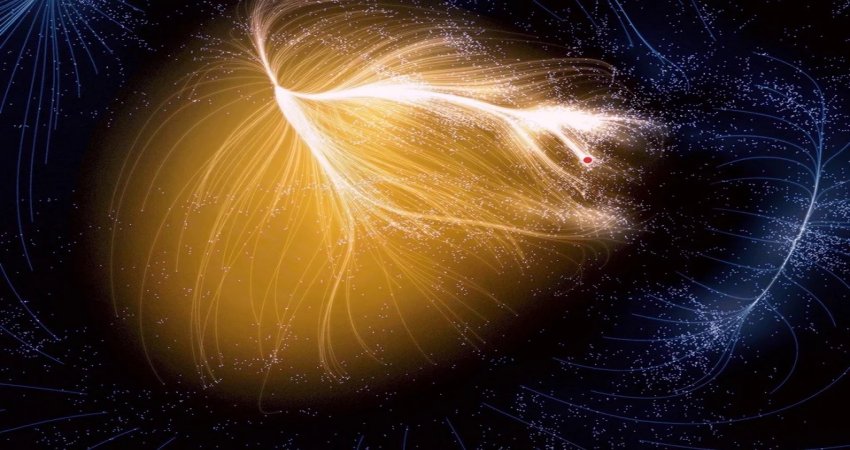Low Bedrock Density At Gale Crater On Mars – New Study
MessageToEagle.com – Based on non-science engineering data from NASA’s Mars rover Curiosity, researchers have measured the density of rock layers in 96-mile-wide Gale Crater.
The findings show that the layers are more porous than scientists had suspected.
 In a selfie taken in mid-January 2019, Mars rover Curiosity prepares to enter a new, clay-mineral-rich unit on its traverse up Mount Sharp in Gale Crater. Mission scientists are anxious to see what a new gravity-measuring technique will reveal about the mountain and Gale Crater’s history. Credit: NASA/JPL-Caltech/MSSS
In a selfie taken in mid-January 2019, Mars rover Curiosity prepares to enter a new, clay-mineral-rich unit on its traverse up Mount Sharp in Gale Crater. Mission scientists are anxious to see what a new gravity-measuring technique will reveal about the mountain and Gale Crater’s history. Credit: NASA/JPL-Caltech/MSSS
“What we were able to do is measure the bulk density of the material in Gale Crater,” says Travis Gabriel, a graduate student in ASU’s School of Earth and Space Exploration. He worked on computing what the grain density should be for the rocks and ancient lakebed sediments the rover has been driving over.
“Working from the rocks’ mineral abundances as determined by the Chemistry and Mineralogy instrument, we estimated a grain density of 2810 kilograms per cubic meter,” he says. “However the bulk density that came out of our study is a lot less — 1680 kilograms per cubic meter.”
The much lower figure shows that the rocks have a reduced density most likely resulting from the rocks being more porous. This means the rocks have been compressed less than scientists have thought.
“The lower levels of Mount Sharp are surprisingly porous,” says lead author Kevin Lewis of Johns Hopkins University. “We know the bottom layers of the mountain were buried over time. That compacts them, making them denser. But this finding suggests they weren’t buried by as much material as we thought.”
Planetary scientists have long debated the origin of Mount Sharp. Mars craters the size of Gale have central peaks raised by the shock of the impact that made the crater. This would account for part of the mound’s height. But the upper layers of the mound appear to be made of wind-scoured sediments more easily eroded than rock.
Did these sediments once fill the entire bowl of Gale Crater? If so, they might have weighed heavily on the materials at the base, compacting them.
But the new findings suggest Mount Sharp’s lower layers have been compacted by only a half-mile to a mile (1 to 2 kilometers) of material — much less than if the crater had been completely filled.
“There are still many questions about how Mount Sharp developed, but this paper adds an important piece to the puzzle,” said Ashwin Vasavada, Curiosity’s project scientist at NASA’s Jet Propulsion Laboratory in Pasadena, California, which manages the mission. “I’m thrilled that creative scientists and engineers are still finding innovative ways to make new scientific discoveries with the rover.”
MessageToEagle.com










